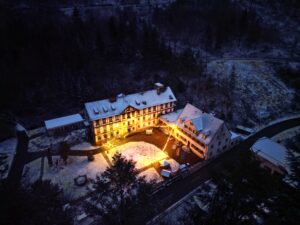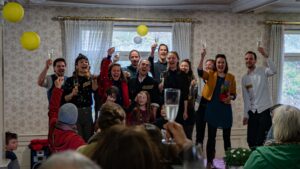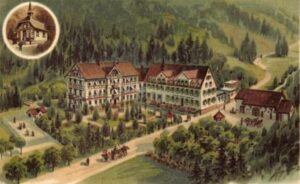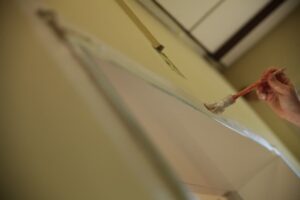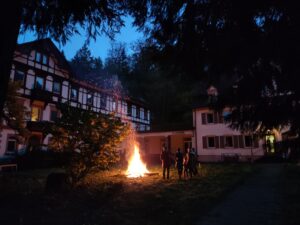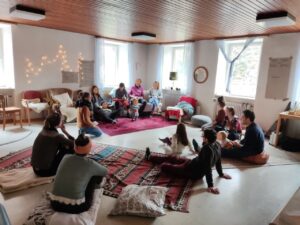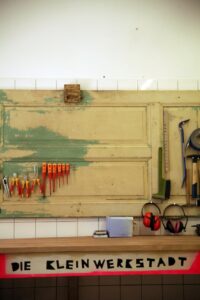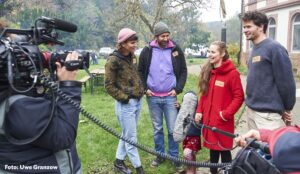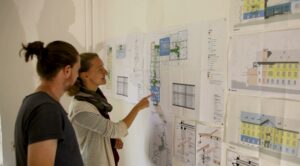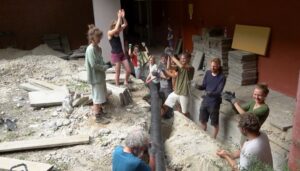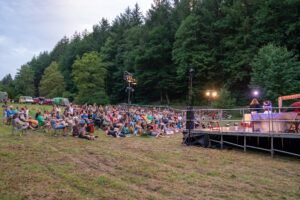SUSTAINABLE LIVING
What is to be created in Kirnhalden
The renovation of the buildings and the realisation of the small and large project modules will take place in stages.
We are planning a development period of at least 10 years.
The place
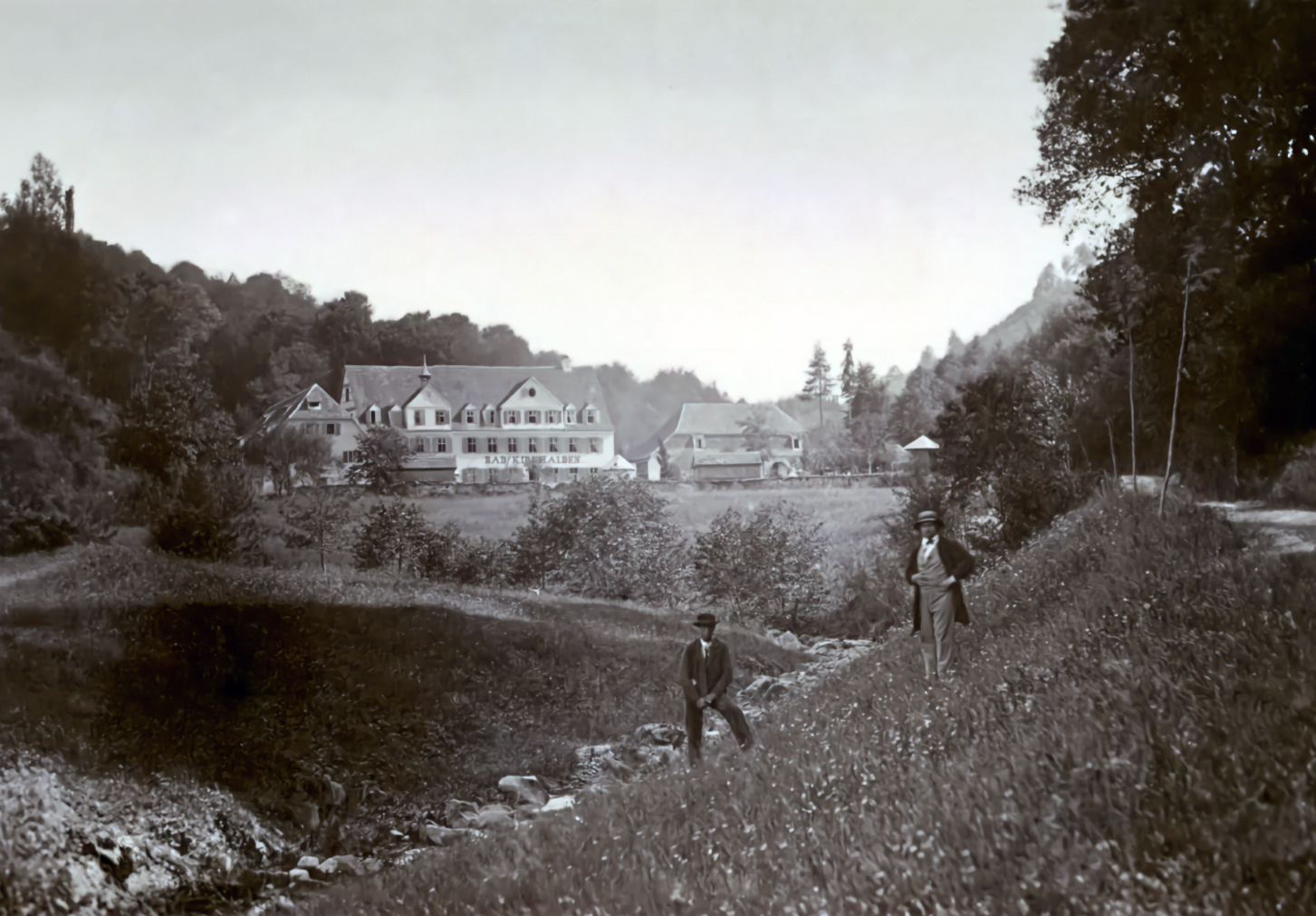
Founded as a monastery, the Kirnhalden farmstead has been nestled in a secluded location in the small Kirn valley since the 14th century. At times it was closely surrounded by forest, almost overgrown, at times also surrounded by meadows and green hills. Over the centuries, it was fiercely fought over, captured, burnt down and rebuilt.
From 1717, Kirnhalden was discovered as a place of healing. The spring there was said to have special powers. The ‘Bad Kirnhalden’ developed splendidly and, with a low point during the First World War, became a popular health resort until the beginning of the Second World War. After the war, war returnees and veterans were accommodated in the Kirnhalde buildings.
At the beginning of the 1960s, another building was added to the remote location: The isolation and smallpox centre. However, this building complex built for the emergency situation was never needed. Instead, Bruderhaus Diakonie bought the ensemble of buildings at the end of the 1960s and used it as a care and retirement home for people with long-term mental illness. Until 2017, many old and sick people lived and died in Kirnhalden.


Since then, the site has been more or less unused. The subsequent owner wanted to turn the site into a wedding and event location, but never realised his plan. Temporary use as accommodation for refugees was attempted, but also failed. Since 2018, only Rudolf D., an artist who carves life-size wooden figures and earns his living as a gravedigger, has lived on the Kirnhalde site. Until we discover the place in May 2021…
“Here I would like to write about a place with an eventful history; a place that has seen a lot, the joy, the war and the suffering; an up and down – repeatedly destroyed and abandoned – remote in the middle of the forest, but which has always been taken care of by someone who recognised its beauty and potential – in order to then help it flourish again with all their might.
“
Veronika Valentin in her work Kirnhalden, a historical review’
- default







